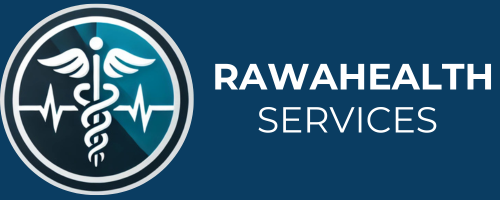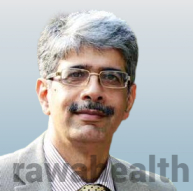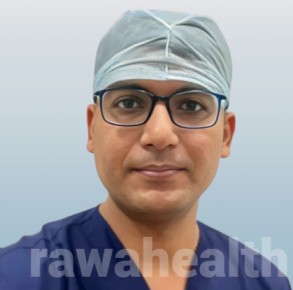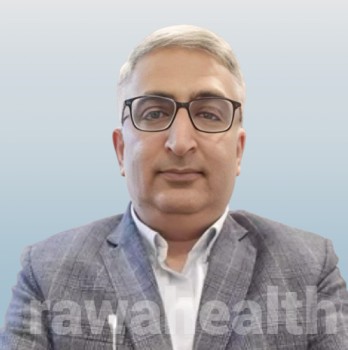Spinal Cord Stimulation Treatment in India
Spinal cord stimulators (SCS) are advanced medical devices that alleviate chronic pain by interrupting pain signals before they reach the brain. This treatment is particularly effective for pain that persists despite traditional therapies. Chronic pain can significantly impact daily life, leading to issues like depression and weight gain, often exacerbated by opioid overuse. SCS offers a promising solution by using electrical pulses to modify pain signals.
What is Spinal Cord Stimulation?
Surgeons implant spinal cord stimulators under the skin, with thin wires delivering electrical pulses to the spinal cord’s nerve fibers. These pulses disrupt pain signals, reducing the sensation of pain. Various types of SCS devices exist, including low-frequency devices that replace pain with a tingling sensation and high-frequency devices that mask pain without tingling. A trial period allows patients to experience the effects before committing to permanent implantation.
Conditions Treated with Spinal Cord Stimulation
Spinal cord stimulation treats a variety of chronic pain conditions, including:
- Chronic back pain
- Complex regional pain syndrome (CRPS)
- Failed back surgery syndrome
- Peripheral neuropathy
- Pain from spinal cord injuries
- Angina
- Arachnoiditis
- Pain after amputation
- Visceral abdominal pain and perineal pain
SCS significantly improves quality of life by reducing pain, enhancing sleep, and decreasing reliance on pain medications. Patients often use it alongside other pain management strategies like medication, physical therapy, and exercise.
Why Choose India for Spinal Cord Stimulation?
India has become a premier destination for spinal cord stimulation due to its combination of highly skilled medical professionals, state-of-the-art technology, and cost-effective treatment options. Indian neurosurgeons and physiatrists often train in the US, Europe, or other developed countries, ensuring high standards of care. Additionally, the widespread use of English among medical staff facilitates communication with international patients.
India’s healthcare system boasts cutting-edge medical and diagnostic equipment, provided by leading global manufacturers. The country’s hospitals offer top-notch services and accommodations that cater to all budget ranges, making it an attractive destination for medical tourists.
Affordability and quality are key reasons why many choose India for spinal cord stimulation. This, combined with the extensive training and experience of Indian medical professionals, makes India a top destination for spinal cord stimulation therapy.




